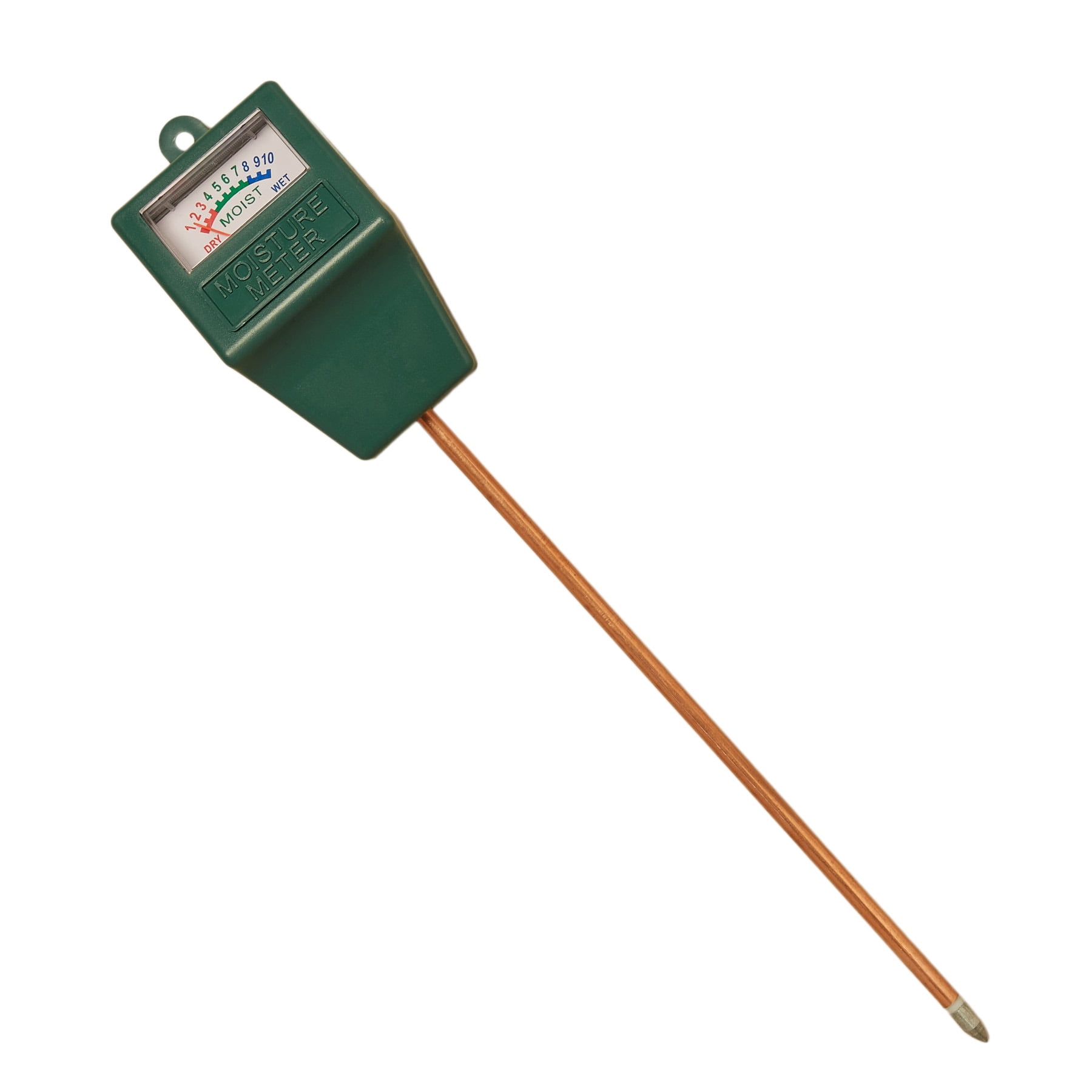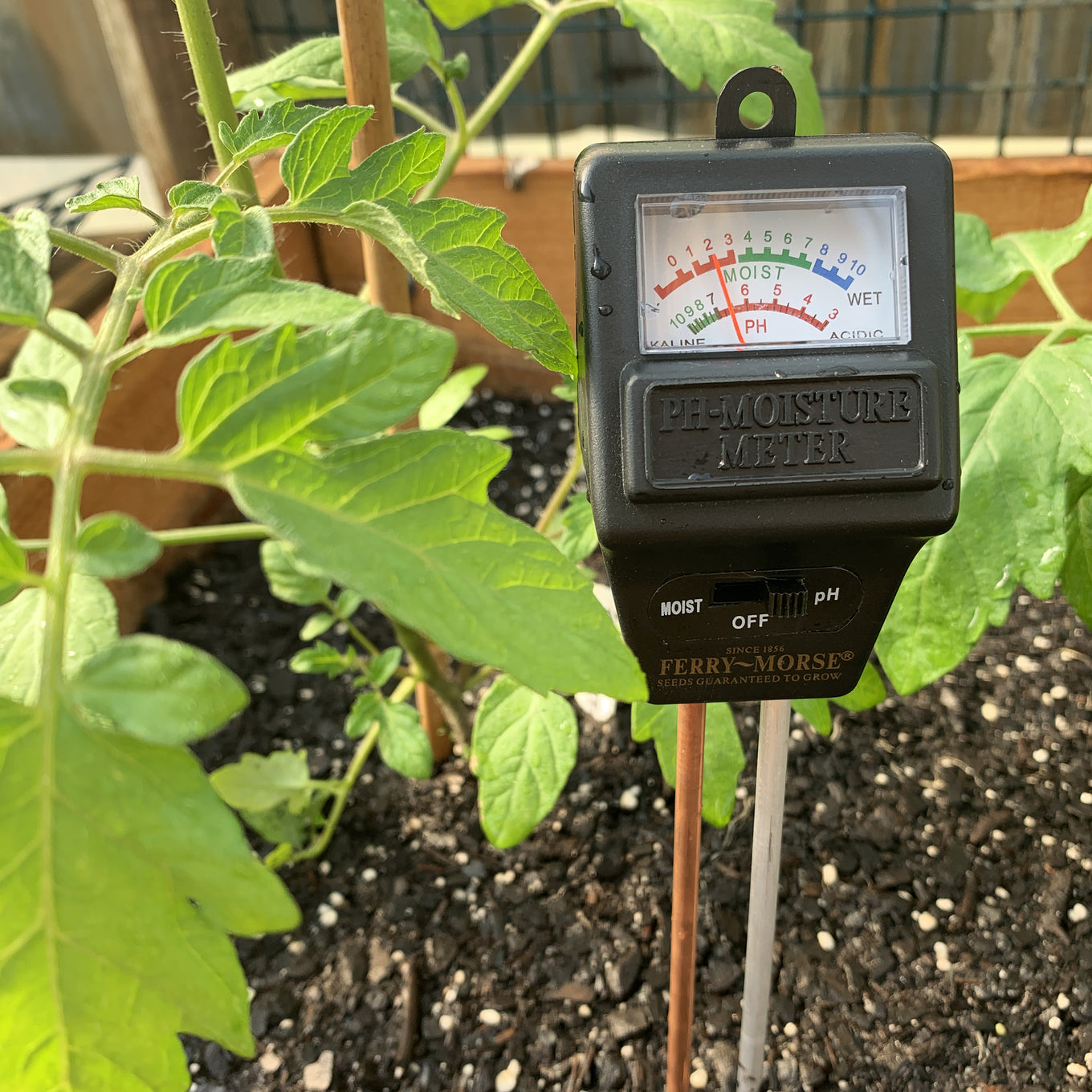Just How a Moisture Meter Can Aid You Keep Ideal Conditions in Your Home or Office
Just How a Moisture Meter Can Aid You Keep Ideal Conditions in Your Home or Office
Blog Article
Look Into the Globe of Dampness Meters: Everything You Required to Know
In the realm of moisture meters exists a globe of accuracy and usefulness that often goes unnoticed. These tools, while apparently uncomplicated, hold a wealth of information that can significantly influence various markets and applications. Comprehending exactly how moisture meters run, the different kinds readily available, and their diverse uses can lose light on their relevance in making sure top quality and efficiency. By checking out the details of moisture meters, one can reveal a valuable tool that goes beyond plain dimension, offering insights that can make a significant distinction in many areas.
Exactly How Wetness Meters Work
Moisture meters run by gauging the electric conductivity or capacitance of products to identify the wetness material present - Moisture Meter. These meters are indispensable tools across numerous industries, consisting of woodworking, building and construction, and agriculture. By using various methods such as pinless or pin-type technology, wetness meters give precise analyses that aid experts make educated decisions
Pin-type dampness meters work by placing the sharp pins right into the material being checked. The electric conductivity between the pins is after that gauged, with higher wetness degrees causing enhanced conductivity. On the other hand, pinless wetness meters utilize electromagnetic signals to check a larger area without triggering any type of damages to the product's surface area. These meters are optimal for promptly assessing moisture levels in big areas or completed items.
No matter the method used, wetness meters play a crucial role in avoiding problems such as mold and mildew development, architectural damages, or item issues triggered by excess moisture. Comprehending just how these meters job is necessary for making certain the top quality and honesty of materials in different applications.
Kinds Of Dampness Meters
Provided the important function wetness meters play in numerous sectors, it is vital to recognize the different types readily available to experts for accurately assessing dampness degrees. There are largely 2 primary sorts of dampness meters: pinless and pin-type dampness meters.
Pin-type dampness meters use two pins that are put into the material being evaluated to gauge the electric resistance in between them. This technique is typically used for wood, drywall, and other building products. Pin-type meters provide precise readings at specific depths, making them ideal for identifying wetness gradients.
On the other hand, pinless wetness meters utilize electro-magnetic sensing unit plates to check a bigger area of the product without triggering any type of damage. This kind appropriates for quickly scanning big locations and is generally used for floor covering, walls, and ceilings. Pinless meters are practical for taking readings on completed surface areas without leaving any noticeable marks.
Both types of dampness meters have their benefits and are picked based upon the details needs of the work handy. Understanding the differences between these kinds is important for specialists to make accurate moisture assessments.
Applications Throughout Industries
Construction professionals count on wetness meters to evaluate the moisture degrees in building materials browse around this site like wood, drywall, and concrete, which is important for preserving structural honesty and protecting against problems like rot or mold. The flooring industry makes use of wetness meters to gauge the moisture web content in subfloors before mounting different flooring treatments, stopping costly damages due to excess dampness. In the food industry, dampness meters are used to keep track of and control moisture degrees in items such as grains, nuts, and dried fruits to preserve quality and quality.
Tips for Making Use Of Wetness Meters
When determining the dampness material in different materials,Make use of the moisture meter's calibration settings to ensure precise analyses. Calibration is vital for the appropriate performance of a wetness meter. Prior to each usage, it is a good idea to inspect and change the calibration setups according to the certain product being checked. Furthermore, make sure the meter is set to the appropriate wetness range for the material you are gauging to get one of the most exact outcomes.

When using a pin-type moisture meter, insert the pins to the appropriate deepness advised for the product being checked. This makes sure that the wetness readings are read this post here taken from the correct depth within the product, giving an extra precise representation of its moisture content. For pinless moisture meters, remember to keep correct contact with the material's surface area to obtain trustworthy readings.

Consistently inspect and replace the batteries in your wetness meter to stop inaccurate analyses due to reduced power. When not in use to lengthen its life expectancy and maintain its precision, Store the meter in a dry and secure place. By adhering to these suggestions, you can take full advantage of the efficiency of your wetness meter and get accurate moisture web content measurements across various materials.

Maintenance and Calibration
To make certain the precision of moisture content dimensions, normal maintenance and calibration of the dampness meter are crucial actions in its proper performance. Upkeep includes keeping the dampness meter free and tidy from particles that might affect its readings. It is crucial to comply with the manufacturer's standards for cleaning up to stop damages to the tool. Furthermore, Website normal calibration is needed to verify the precision of the readings. Calibration readjusts the wetness meter to guarantee that it gives constant and reliable outcomes.
Calibration should be done periodically, particularly if the wetness meter is made use of frequently or in important applications where specific dimensions are required. By preserving and adjusting the dampness meter routinely, users can rely on the precision of the moisture content measurements acquired.
Conclusion
To conclude, dampness meters play a critical function in various sectors by precisely measuring the dampness material of materials. Understanding just how these gadgets work, the various types readily available, and correct maintenance and calibration are essential for getting trustworthy results. Whether in building and construction, agriculture, or manufacturing, using moisture meters aids make sure quality control and effectiveness in processes.
Building professionals depend on wetness meters to analyze the wetness degrees in building products like drywall, timber, and concrete, which is important for keeping structural integrity and stopping issues like rot or mold and mildew. The flooring market makes use of moisture meters to determine the moisture web content in subfloors before mounting various flooring coverings, stopping costly problems due to excess moisture.Use the dampness meter's calibration setups to make certain precise analyses when measuring the moisture material in numerous materials. By complying with these tips, you can maximize the efficiency of your dampness meter and obtain exact wetness web content measurements across various products.
In final thought, dampness meters play an important duty in various sectors by accurately measuring the dampness content of products.
Report this page